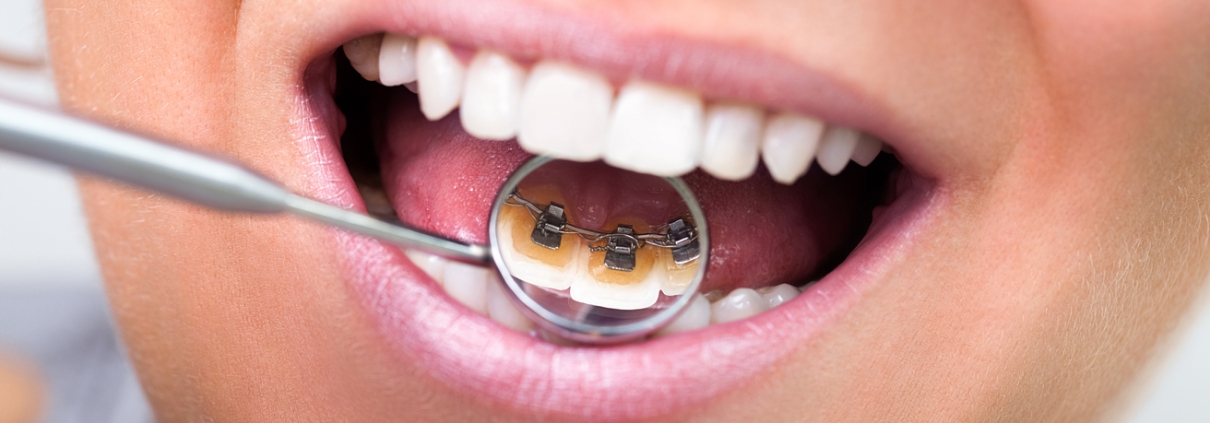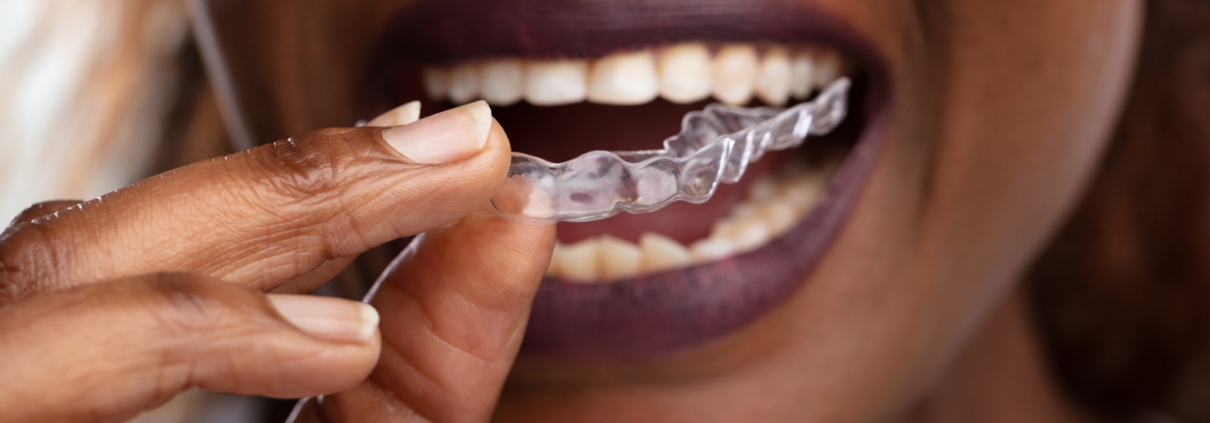Dental implants are used when a patient is missing one or more teeth and needs them to be replaced for both aesthetic and for functionality purposes. Over the course of six months, an artificial tooth root that the dentist will insert into the jaw bone will become infused with the surrounding tissues in order to create a solid base for the new tooth. In this time, a temporary crown will be placed on top until the root has had time to fuse. During this time, the gums of the patient will also move and form around the root so that once the implant is placed, it looks completely natural. After the time has elapsed, the temporary crown will be replaced with a permanent one.
Can I Get a Dental Implant?
A consultation with your dentist will be the only sure way to find out whether or not an implant is right for you, but there are a few general requirements.
For starters, children and those who are still going through developmental bone growth are not able to get implants as their jaws may not be strong enough to support the implant or will move it out of place as they continue to grow and develop. Patients who are heavy smokers will be asked to quit before an implant can be placed as smoking increases the risk of implant rejection or total failure. Patients who are going through conditions such as cancer, diabetes, and other diseases may need to take extra steps in order to qualify for an implant.
Cost of Dental Implants
Implants are costly, and depending on the purpose of them, they may not be covered by insurance. Paying out of pocket for a single implant can range anywhere from $900-$3000. These costs are only for the implant as well. Any subsequent appointments related to the implant or adjustments that need to be made will come at an additional cost. Your dentist will be able to break down the cost for you when you go in for a consultation, and financing may be available depending on your location and dentist office.
However, many people justify the cost because of the overall result of the implant. Implants typically last up to 40 years and are incredibly durable so long as you take care of them properly.
Schedule a consultation with your dentist today to learn more about implants.











